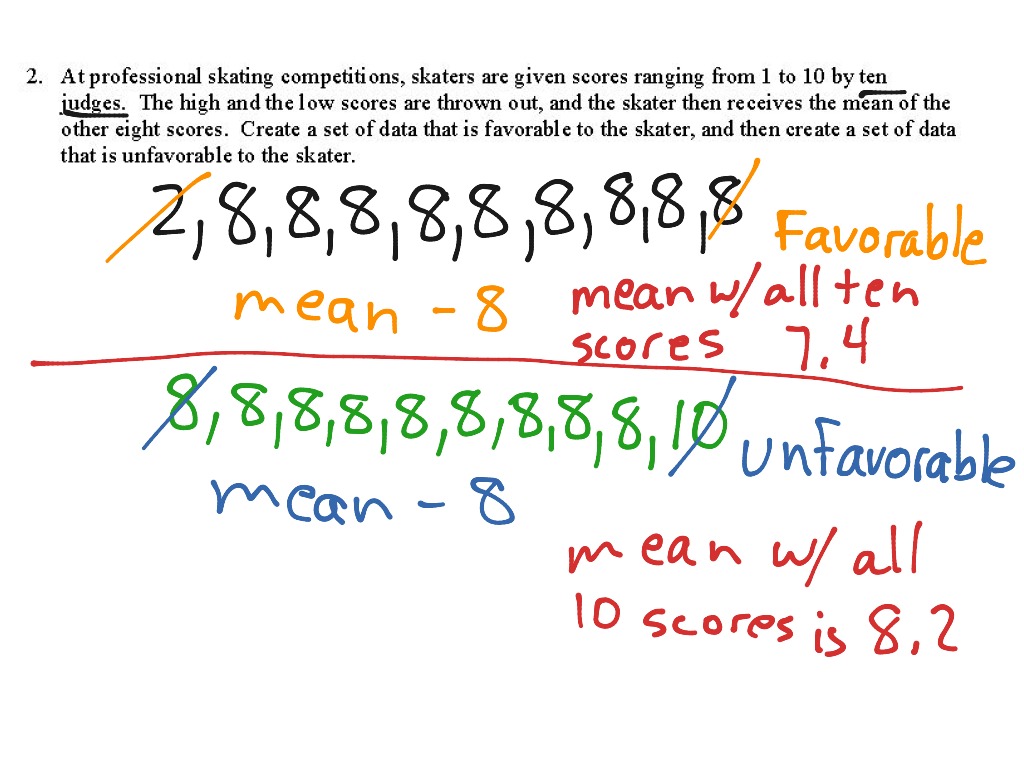

It is most commonly used to show the result of a calculation, for example 2 + 2 = 4, or in equations, such as 2 + 3 = 10 − 5. The = equals symbol is used to show that the values on either side of it are the same. is used in spreadsheets and other computer applications. ÷ is used commonly in handwritten calculations and on calculators, for example, 2 ÷ 2. These symbols are both used to mean division in mathematics. For example, if you see a number written outside brackets with no operator (symbol or sign), then it should be multiplied by the contents of the brackets: 2(3+2) is the same as 2×(3+2). Less commonly, multiplication may also be symbolised by a dot. The symbol * is used in spreadsheets and other computer applications to indicate a multiplication, although * does have other more complex meanings in mathematics. These symbols have the same meaning commonly × is used to mean multiplication when handwritten or used on a calculator 2 × 2, for example. The − symbol is also commonly used to show a minus or negative number, such as −2.− is used when one or more numbers are to be subtracted, for example, 2 − 2.This symbol has two main uses in mathematics:
#Range in math term plus#
Our page on Positive and Negative Numbers explains that a number without a sign is considered to be positive, so the plus is not usually necessary. The + symbol can also be used to indicate a positive number although this is less common, for example, +2. The addition symbol + is usually used to indicate that two or more numbers should be added together, for example, 2 + 2. This page complements our numeracy skills pages and provides a quick glossary of common mathematical symbols and terminology with concise definitions.Īre we missing something? Get it touch to let us know.Ĭommon Mathematical Symbols + Addition, Plus, Positive Mathematical symbols and terminology can be confusing and can be a barrier to learning and understanding basic numeracy.

How Good Are Your Numeracy Skills? Numeracy Quiz.He wants an 85 or better overall for the course. A student has gotten the following grades on his tests: 87, 95, 76, and 88.Since you're probably more familiar with the concept of "average" than with "measure of central tendency", I used the more comfortable term.)

The technical definition of what we commonly refer to as the "average" is technically called "the arithmetic mean": adding up the values and then dividing by the number of values. (In the above, I've used the term "average" rather casually. How can I keep straight which average is which?Ībout the only hard part of finding the mean, median, and mode is keeping straight which "average" is which. So if you're not certain how you should answer the "mode" part of the above example, ask your instructor before the next test. I've seen books that go either way on this there doesn't seem to be a consensus on the "right" definition of "mode" in the above case. Note: Depending on your text or your instructor, the above data set may be viewed as having no mode rather than having two modes, because no single solitary number was repeated more often than any other. Find the mean, median, mode, and range for the following list of values:.It expresses "spread", being how far the values are distributed (or how concentrated they are). The "range" of a list a numbers is just the difference between the largest and smallest values. If no number in the list is repeated, then there is no mode for the list. The "mode" is the value that occurs most often.To find the median, your numbers have to be listed in numerical order from smallest to largest, so you may have to rewrite your list before you can find the median. The "median" is the "middle" value in the list of numbers.The "mean" is the "average" you're used to, where you add up all the numbers and then divide by the number of numbers.This is why the average income is typically expressed by a different sort of average. But this does not accurately reflect what we mean when we're trying to discuss the "average" income. The numerical average can mislead by suggesting that the average (in this case, we mean "typical") person earns a few tens of thousands per year. A typical example would be the case where nearly every person in a given population lives on about two dollars a day, but there is a small elite with incomes in the millions.


 0 kommentar(er)
0 kommentar(er)
